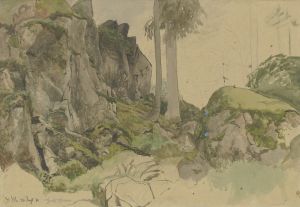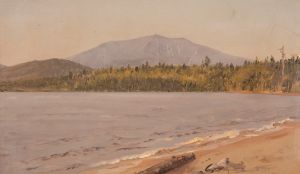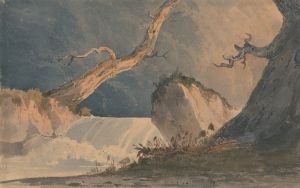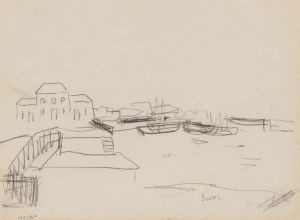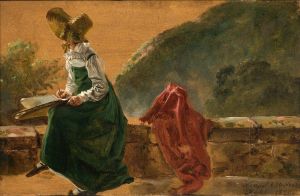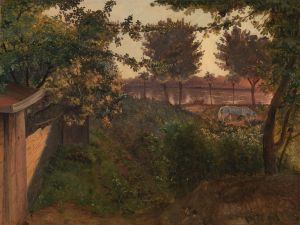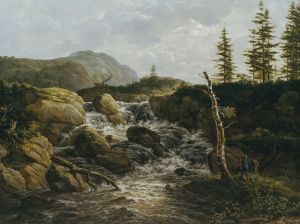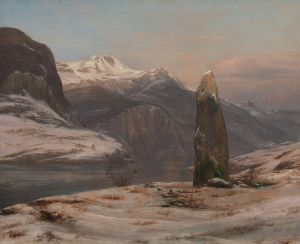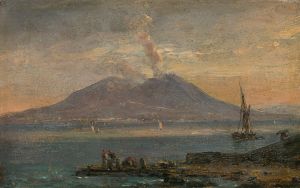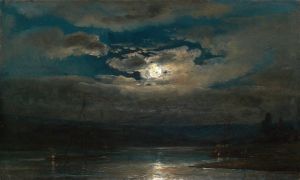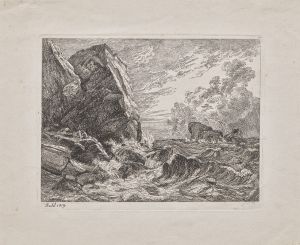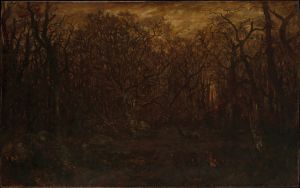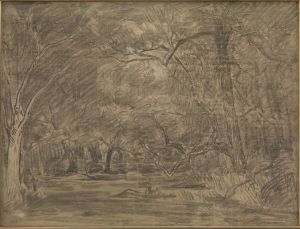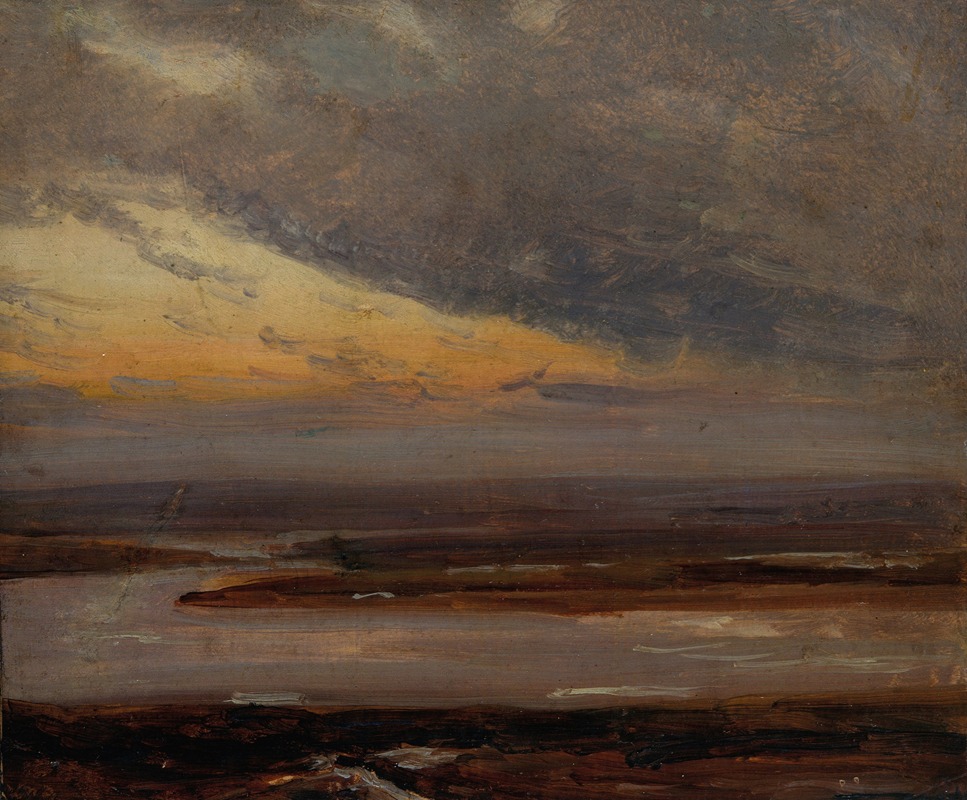
Study on the Elbe
A hand-painted replica of Johan Christian Dahl’s masterpiece Study on the Elbe, meticulously crafted by professional artists to capture the true essence of the original. Each piece is created with museum-quality canvas and rare mineral pigments, carefully painted by experienced artists with delicate brushstrokes and rich, layered colors to perfectly recreate the texture of the original artwork. Unlike machine-printed reproductions, this hand-painted version brings the painting to life, infused with the artist’s emotions and skill in every stroke. Whether for personal collection or home decoration, it instantly elevates the artistic atmosphere of any space.
Johan Christian Dahl, a prominent Norwegian painter, is often regarded as a leading figure in the development of Romantic landscape painting in the 19th century. His work, "Study on the Elbe," exemplifies his keen interest in capturing the natural world with a sense of realism and emotional depth. This painting is one of many studies Dahl conducted during his extensive travels across Europe, where he sought to document the diverse landscapes he encountered.
"Study on the Elbe" was created during a period when Dahl was particularly focused on the landscapes of Germany. The Elbe River, one of the major rivers in Central Europe, flows through several countries, including the Czech Republic and Germany, before emptying into the North Sea. Dahl's depiction of the Elbe captures the serene and expansive nature of the river, reflecting his ability to convey the grandeur and tranquility of natural settings.
Dahl's technique in "Study on the Elbe" demonstrates his mastery of light and atmosphere, which are hallmarks of his style. He often employed a meticulous approach to detail, ensuring that his landscapes were both accurate and evocative. In this study, Dahl likely used oil paints, a medium that allowed him to achieve the rich textures and subtle gradations of color that characterize his work. The painting's composition is carefully balanced, with the river serving as a central element that guides the viewer's eye through the scene.
Throughout his career, Dahl was influenced by the Romantic movement, which emphasized the beauty and power of nature. This influence is evident in "Study on the Elbe," where the natural landscape is portrayed with a sense of reverence and awe. Dahl's work often reflects a deep appreciation for the natural world, and he was known for his ability to capture the changing moods and atmospheres of different environments.
Dahl's connection to the Elbe River and the surrounding landscapes was also personal. He spent a significant amount of time in Dresden, a city located along the Elbe, where he became a professor at the Dresden Academy of Fine Arts. His time in Dresden allowed him to explore the region extensively, and the Elbe River became a recurring subject in his work. This connection to the area provided him with ample opportunity to study the river and its surroundings, resulting in numerous sketches and studies that informed his larger compositions.
"Study on the Elbe" is representative of Dahl's broader body of work, which includes a wide range of landscapes from various parts of Europe. His paintings are celebrated for their ability to convey the majesty and diversity of the natural world, and they continue to be admired for their technical skill and emotional resonance. Johan Christian Dahl remains an important figure in the history of landscape painting, and his studies, such as "Study on the Elbe," offer valuable insights into his artistic process and vision.





